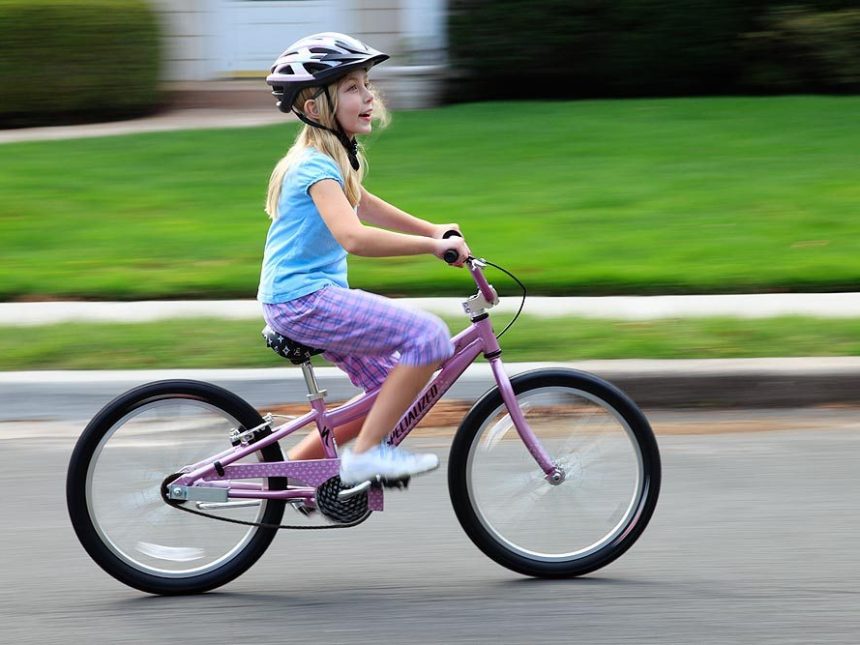Cheryl Woods, “A Guide to Studio Lighting Technique” Savage universal, Aug 15, 2013
It’s quite easy to assume that studio lighting is too complicated or too expensive for anyone but the true professionals, but this really is not the case. With some basic photo lighting equipment and a spare room you can capture beautiful images. Not only are you no longer at the mercy of the weather and time of day, but you also have the option of controlling light to suit your wishes.
What Lighting Gear Do I Need?
Before you explore the basic photo lighting effects, you first need to work on the studio environment and what gear you’ll need. A studio lighting set-up with two flash heads is a great start. As you build your studio, other accessories you may want to include are:
Reflectors
These boards act as light reflectors or “fill-lights” to eliminate unwanted shadows. They come in various shapes and sizes – from circular to giant sheets. Silver reflector boards give a “punchy” effect while gold boards add warmth to the overall scene.
Umbrella
Umbrellas come in a variety of sizes and types including translucent white, silver-lined, gold-lined, and black-lined. Translucent white umbrellas give a natural soft light, ideal for children and senior portraits.
See more: How to Use an Umbrella
Softbox
Softboxes provide greater control and diffusion than umbrellas. For headshots, a 25”-30” softbox is fine and for full-body shots consider a size 39” and up. They can also be fitted with a variety of manipulation accessories such as a grid, a louver or a honeycomb.
Snoot
A cone-like attachment that fits on the front of a head, it gives a narrow, focused beam of light much like a spotlight. If you specialize in portraiture, this is a much-needed tool for hair highlights.
Lightstands
Stands can be used to hold light heads as well as reflectors and umbrellas. Look for adjustable stands that are durable and compact such as this selection of air-cushioned stands.
See more: Studio Lighting: Flash vs. Quartz vs. Fluorescent
 Photo Featuring: 1000 Watt Quartz Light Kit
Photo Featuring: 1000 Watt Quartz Light Kit
Controlling Light
The two most important points to remember when it comes to studio lighting are:
- Light/Direction
Often referred to as “modeling,” light and direction help to create shadows on and reveal the texture of your subject thus creating a three-dimensional effect in a two-dimensional photograph.
- Quality of Light
Basically this refers to the size of the light source in relation to your subject. The bigger the light in relation to the subject, the softer the light will be. (Think of the harsh shadows on a bright sunny day with no clouds versus an overcast day with diffused shadows). The principle is the same with studio lighting only now you have control over the direction of the light source and the quality, giving you the ability to create any type of lighting effects.
See more: Background Lighting Techniques
Portrait Photography Lighting Styles
Shooting portrait photography of friends, family or even models looking to expand their portfolio is an easy low-cost way to practice and perfect working with photo lighting.
Short Lighting
This set-up involves the portion of the face closest to the camera receiving the least light. This lighting effect tends to thin the face making it a great technique for shooting full-faced subjects. The downside to this set-up – wrinkles are intensified.
 Photo Source: Paul Duncan via Flickr
Photo Source: Paul Duncan via Flickr
Broad Lighting
This is simply the reverse of the short lighting technique with the portion of the face closest to the camera receiving the key, or main light. A perfect solution to fill out a model with too-narrow a face.(1)
 Photo Source: Mark Carline via Flickr
Photo Source: Mark Carline via Flickr
Butterfly Lighting
One of the most flattering lighting techniques in portrait photography is the popular butterfly lighting – also a favorite tool of celebrity photographers. Named after the butterfly-shape created by the way the light falls onto the subject, this is one of the simplest lighting set-ups to learn and can be achieved with a removable hand-held flash tethered to your camera.
1. Simply hold the flash 1′ above the camera and approximately 3′ forward (thus eliminating any unflattering shadows on the face).
2. Place a reflector below the subjects face just out of camera frame.(2)
 Photo Source: Meg Mahoney via Flickr
Photo Source: Meg Mahoney via Flickr
Hollywood Studio Lighting
Think of the classic movie star headshots of the 1930’s and ’40’s. Back then the effect was created with traditional ‘hot lights’ such as the Fresnel Focusing Lamps. These lights tend to get extremely hot and may cause your model to sweat. Here’s a few tips for achieving this glamorous effect without the discomfort.(3)
 Photo Source: Brandlemires via Flickr
Photo Source: Brandlemires via Flickr
- Direct lighting is key to this effect and by using strobes you can eliminate the heat factor. Remember to light from the top and back of the subject.
- Use a reflector or “beauty dish” as your key light (an alternate would be a light with barn doors) and place directly in front of the subject and slightly above the camera.
- Add dramatic hair highlights with flash heads fixed with barndoors placed behind the subject.
In practice, most photographers quickly establish a repertoire of photo lighting set-ups that work for them and their clients. However, it’s essential not to get stuck in a rut. You need to keep experimenting if your images are to remain fresh and contemporary. To find new ideas and inspiration, browse the latest fashion magazines, visit a gallery, search the local library for books on classic and contemporary photographers or visit a website dedicated to highlighting emerging talent such as Photo District News.


No Comment